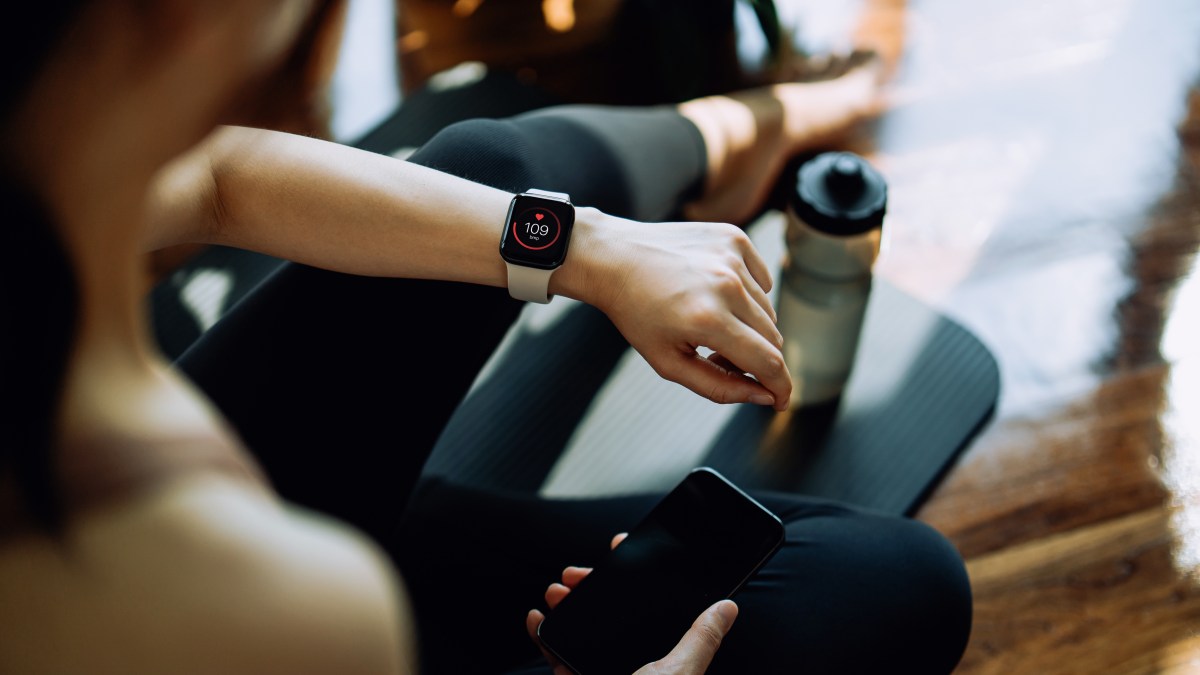In an age of wellness, today’s trophy accessory is not always a new hardware-heavy handbag or the latest ugly Croc. Now, as often as not, it’s wearable health tech. If you’re not sporting Oura’s discreetly chunky ring, or Whoop’s thick wristband, then you clearly aren’t into optimising your longevity, babes. Oura fans include Jennifer Aniston and Gwyneth Paltrow alongside oodles of serious athletes, or, rewind to last summer’s Paris Olympics where Whoops were a common sight on the athletes. Fast-forward to this summer, and in Wimbledon’s royal box they were spotted on many of the spectators too.
“Yes, they’re for the sports-conscious but they’re also great at tracking and managing life intensity,” says the longevity specialist and early Oura adopter Dr Tamsin Lewis. “They’re fantastic tools for doctors, as you can see the effect of a patient’s lifestyle writ large and work together on, say, sleep quality via improving crucial metrics like HRV [heart rate variability]. And in the past few years I’ve seen them on more and more people, not just in-clinic but also at parties and dinners.”
• I’m a tracker sceptic. Would these cutting-edge devices convert me?
Yes, wearables are here to stay: sales are on the rise with the market research firm Mintel predicting they will reach £1.29 billion in the UK this year. In April a report from the Parliamentary Office of Science and Technology discussed the pros and cons of consumer wearable devices in relation to social care and the NHS, including preventing ill health and managing long-term conditions (though not for ensuring bragging rights about an enviable sleep score). So what does your wearable say about you? We identify five distinct tribes.
• This article contains affiliate links that will earn us revenue
The Oura elite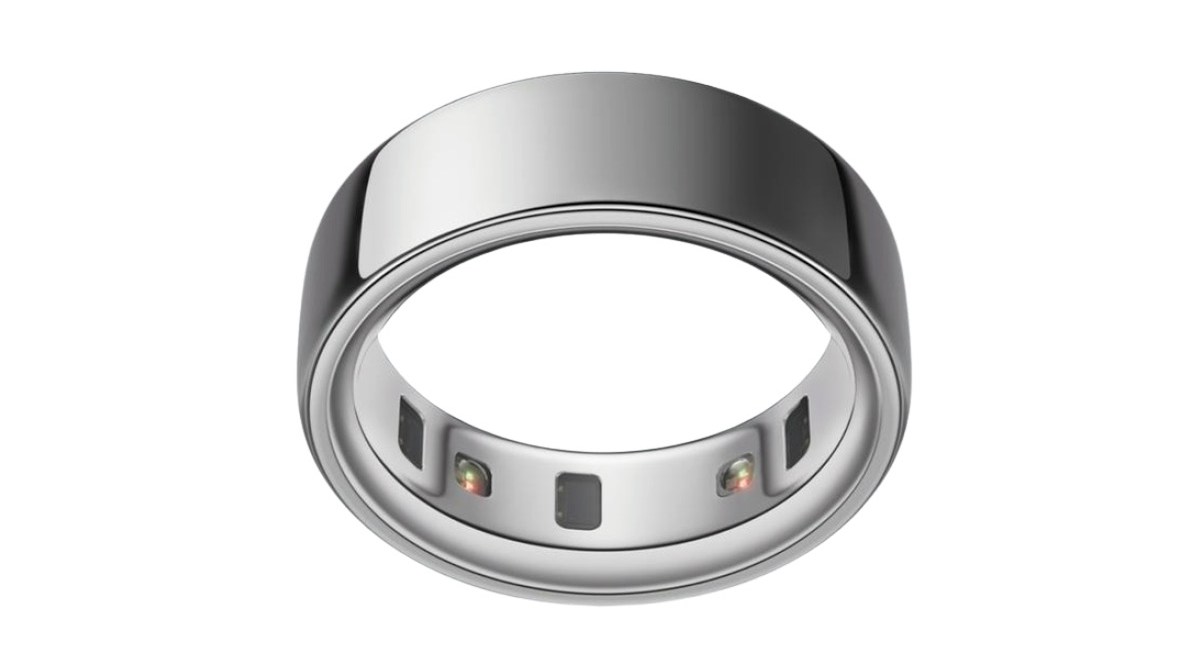
What it does The Oura ring “reads” biometrics using the latest LED technology (photoplethysmography, if you must ask) and spins it back as scores on everything from sleep to activity and “readiness” (based on your rest and self-care) via an app. Oura Ring 4, from £349, plus membership, £6 a month or £70 a year, ouraring.com
Who it’s for Elise wakes in the morning and the Oura app nudges her to view morning light, ground her bare feet on grass and practise some breathwork given both her less than optimal sleep and mediocre “readiness” score. Her body temperature was a little high last night with her ovulation at the luteal phase — or was it that bottle of Domaine Leroy Richebourg ’91 she split at Noble Rot Mayfair with a VC from Singapore? Elise likes tracking data — it is essential to running any project, and that’s what her body is, a project built by Pilates and weights, £80 a month Youth & Earth V14 longevity powder, and regular weeks at Sha Wellness. Her longevity doctor has access to her Oura data, does blood tests twice a year, and will nudge her if there are metrics she needs to work on. She can spot an Oura ring at 20 paces — and a man wearing one beats any she has found on Raya.
The Garmin Bro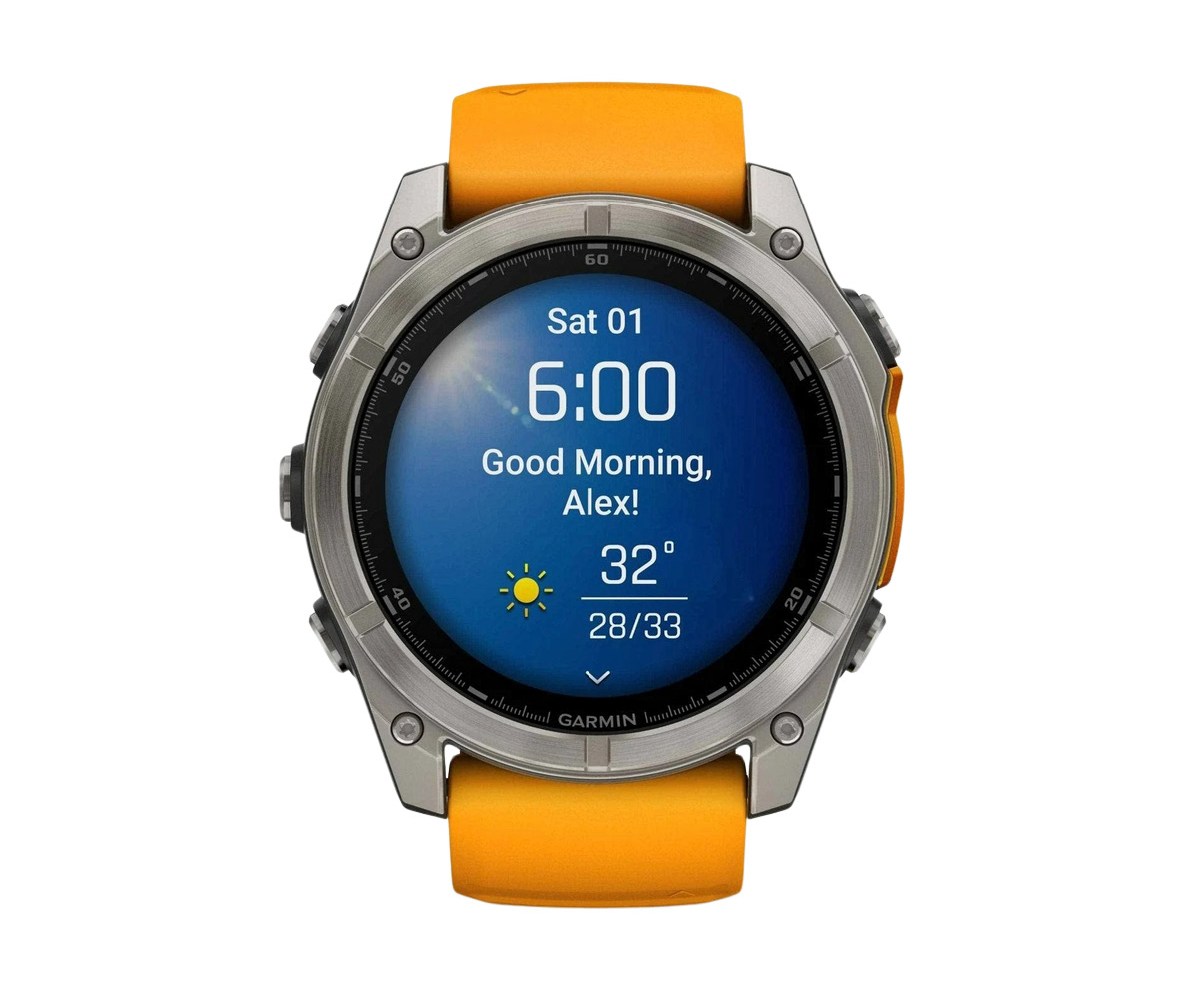
What it does Delivers all the biometrics at any altitude, plus detailed GPS data for outdoorsy sorts from divers to mountain climbers. Garmin Fenix 8, from £780, garmin.com
Who it’s for Looking at his 51mm Garmin Fenix 8 smartwatch reminds Ben he is not “Jabba” any more. Now he is built with an optimal mix of peptides, testosterone HRT, sobriety and 1,000 kettlebell swings. Don’t mention the bespoke fat jab of 1.7mg of Wegovy with 2mg retatrutide that helps it all along. He tried the carnivore diet via the Rogan-loving bros at CrossFit, and vegan keto from the barefoot-shoe crew at the climbing wall. Garmin’s voice commands, solar power, GPS, terrain awareness and long battery life will come in handy on Everest, in Ironman races or, his peak goal, at Burning Man. He’s happy to share his Garmin data with a concierge health service, who ask questions like: “Ben, what were we up to with a heart rate of 115 at 2am on Friday?”
The Home Worrier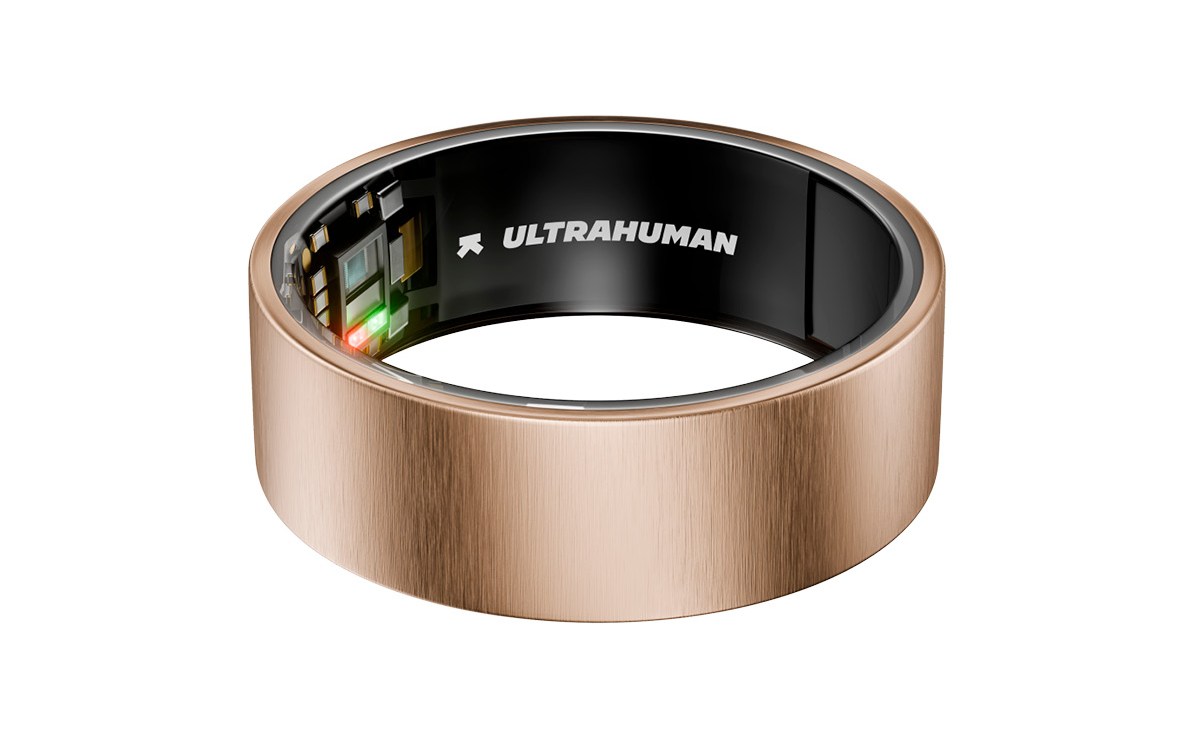
What it does The Ultrahuman package combines the Air smart ring and multiple add-on products such as blood testing, glucose monitoring, fertility tracking and a home health hub. Ring Air, £329, Home device, £489, M1 Live glucose tracking, £169 for four weeks, ultrahuman.com
Who it’s for Little Ethan was the result of a festival accident — but thank goodness it’s 2025 because single parenthood is easier with AI. While ChatGPT designs optimal nutrition meal plans and finds schools, in the house, along with the 0.1 micron Water2 filters, there’s an Ultrahuman Home box monitoring environmental stressors, M1 CGM (continuous glucose monitor) that helps track Mummy’s energy crashes, and Cycle & Ovulation Tracker — Ethan needs a sibling. Everything is optimal except spiking cortisol levels in her blood and low HRV appear to be linked to raised decibels at home because she can’t drag Ethan away from hours of screamy Roblox YouTubers. Time to unplug everything — Mummy says, “Digital detox!”
The Optimal Pop Tart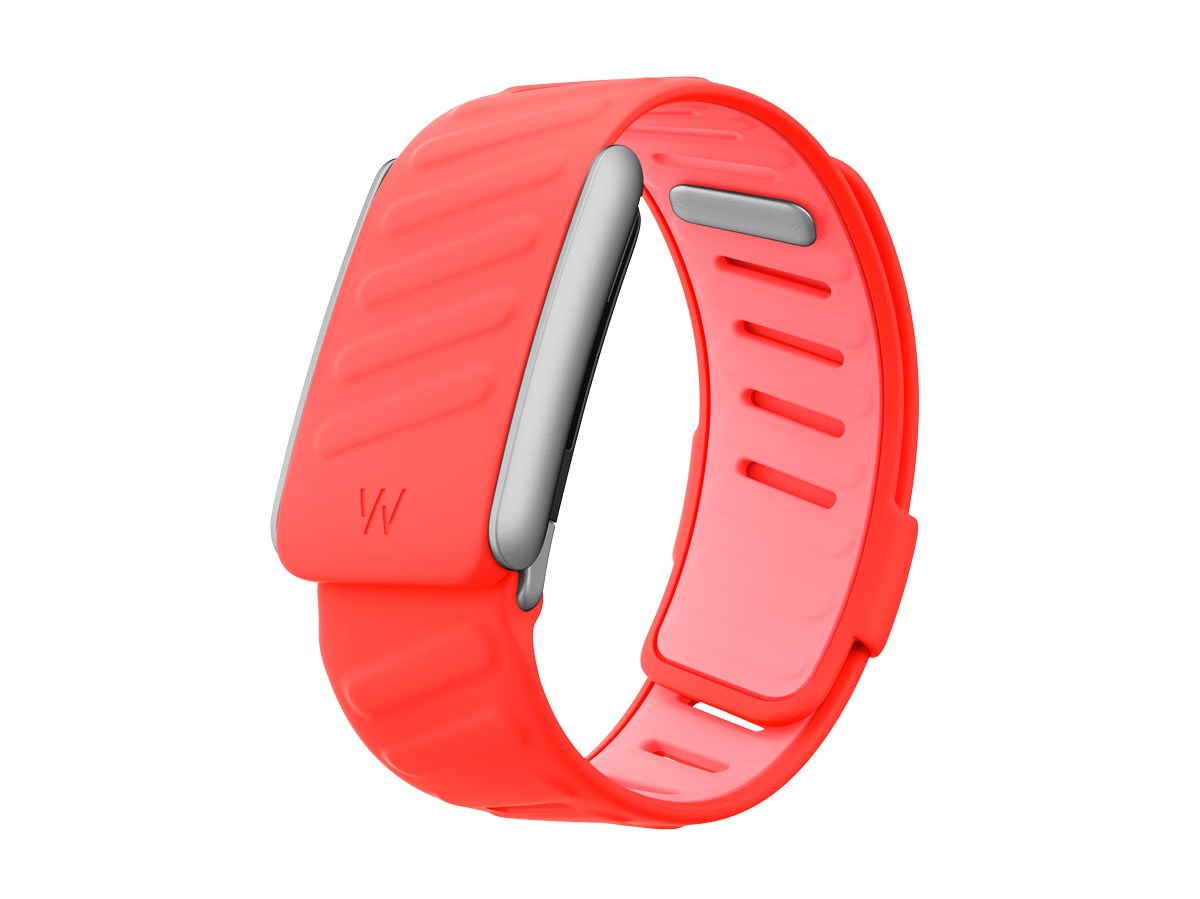
What it does Whoop MG is a wristband that tracks similar biometrics to other popular wearables but includes a top-notch electrocardiogram to monitor heart activity. MG stands for “medical grade”, which is how seriously the investors, including the former One Directioner Niall Horan, take it. Whoop device and annual membership, from £169, whoop.com
Who it’s for Mikey was part of a super-famous band — or was he one of the Blue Peter presenting team? In any case, his career of late hasn’t quite reached the manager-pleasing orbit, so now he has decided to optimise it, baby. Whoop band data is crunched and analysed — the shooting of promo vids are perfectly synced with early bedtimes, while rest days are spent mainlining NAD+ and glutathione, along with clean whey isolate matcha ice teas, contrast bathing and red light viewing. You see, the Optimal Pop Tart is a thoroughbred whose stage show/UN appearances/latest podcast will blow your mind. A dedicated and optimal athlete like his fellow Whoop fans Michael Phelps, Cristiano Ronaldo and LeBron James — only in showbiz.
The Apple Watch Old-Schooler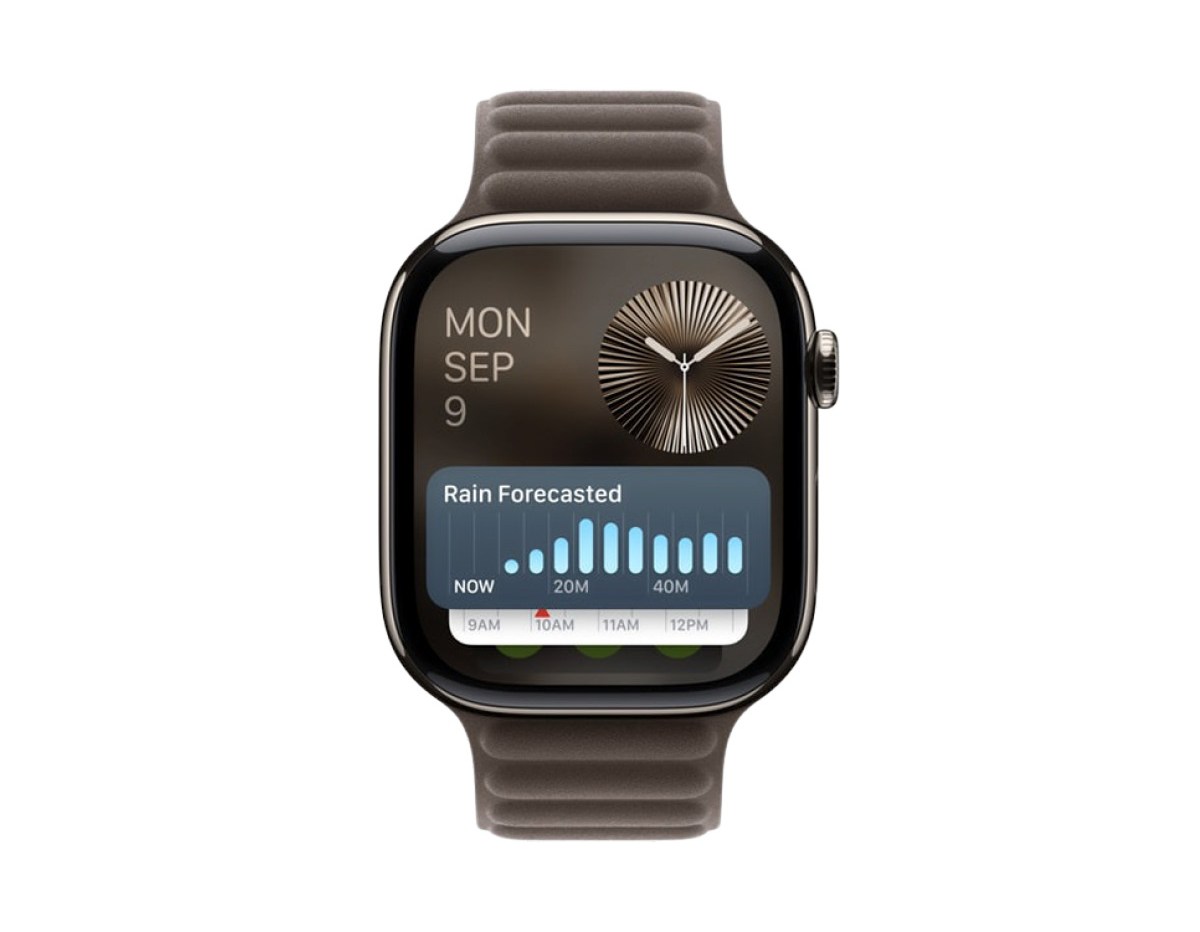
What it does The Apple Watch first took wearable health tech mainstream when it launched in 2015, and now monitors everything from daily activity to heart health. Apple Watch 11, from £369, apple.com
Who it’s for Nat regretted upgrading her Apple Watch Series 10 for the Ultra. Big mistake, literally. That thick chunky new face is fine if you have a wrist like Sasquatch and wear hoodies to work but less so if you need a wearable to fit under the cuff of your Cecile Bahnsen shirt that will complement a Row ballet flat. Get an Oura, everyone says. But the new series 11 has her back on sleek form. An escalating heart rate when she’s navigating the dinosaurs at work has convinced her it’s time to quit corporate life, move to Lisbon and start her design consultancy. But she might hold out till the Prada Meta smart glasses are out (the Ray-Ban ones were ew) and covertly film that lech in finance: if you’re making an exit, do it with style and a handsome payoff.

